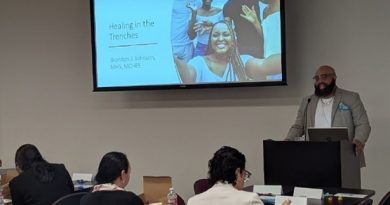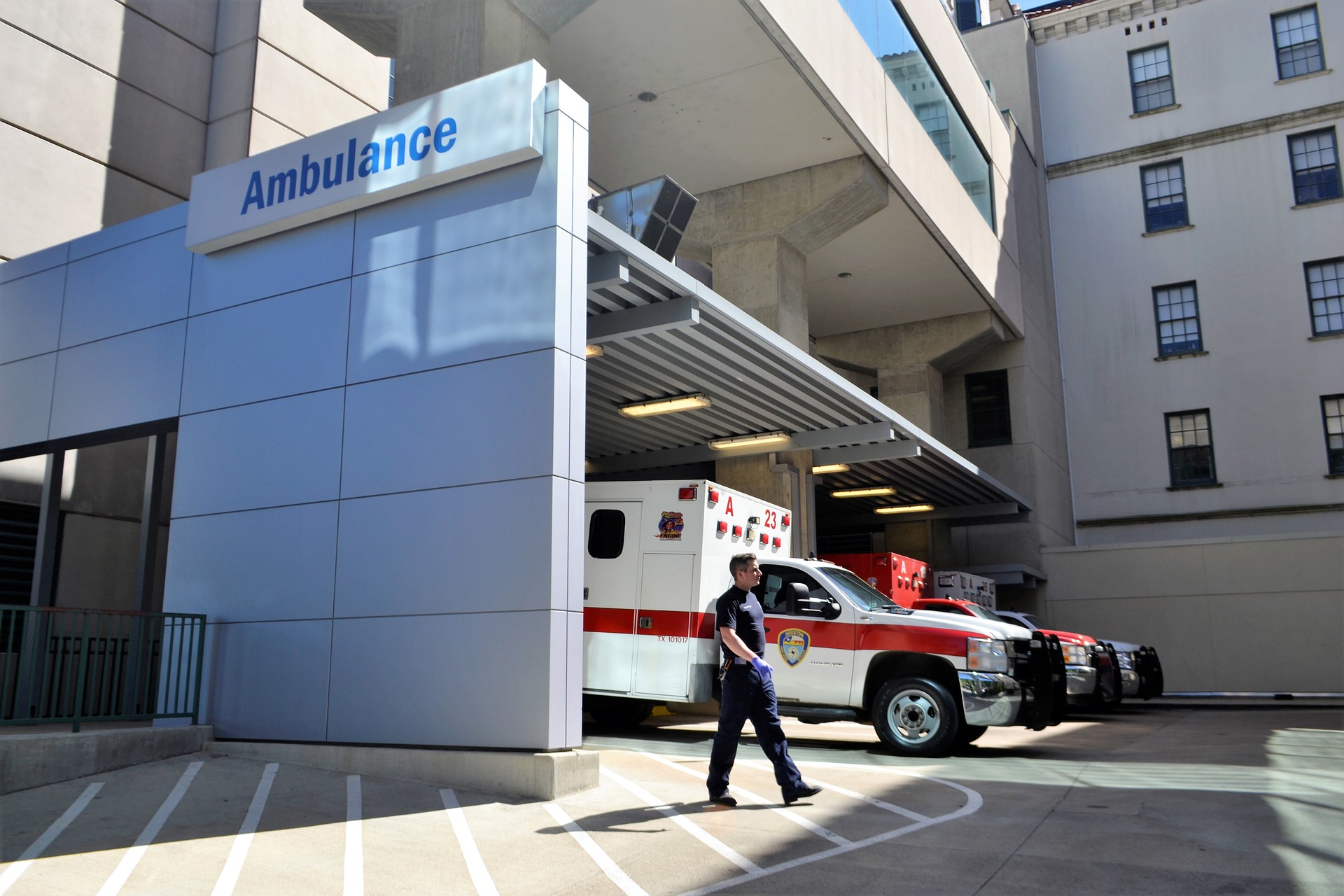Reducing COVID-19 vaccine hesitancy among racial and ethnic minorities
To say that the COVID-19 pandemic has had a devastating impact on the physical, psychological, economic, and social well-being of millions of Americans seems like quite the understatement.
Society has fundamentally changed and shifted and with each passing day, we find ourselves wondering if we will ever be able to (re-) adjust to a daily life that does not involve face masks, social distancing, or dread that a single cough is a sign of having been infected with a potentially life-threatening virus.
The arrival of a COVID-19 vaccine could not come sooner for millions of Americans and feels like the light at the end of a tunnel that, up until a few weeks ago, seemed endless. Unfortunately, ensuring that everyone is not only able to access the vaccine, but also willing to receive the vaccine, is not exactly smooth sailing.

It’s not enough to provide access to the vaccine if people are not given sufficient information to alleviate their fears and concerns about vaccination. The speed with which the vaccine has been developed, combined with the increasing amount of mainstream media attention on anti-vaccination groups, has resulted in a potent force that is making many Americans wary of receiving the vaccine.
According to a survey conducted by the Kaiser Family Foundation, a staggering 27% of Americans “probably or definitely would not get a COVID-19 vaccine.” However, hesitancy towards getting the COVID-19 vaccine differs among races and ethnicities.
In addition to concerns about side effects and doubts about the efficacy, a history of cruel and exploitative medical practices that was inflicted on the African American community partly explains the significant amount of COVID-19 vaccine hesitancy among African Americans.
One survey found that while approximately 53% of Caucasians plan on receiving the vaccine, only 24% of African-Americans plan on doing so. Another survey found that only 14% of African Americans “mostly or completely trust” the safety of the COVID-19 vaccine and that “knowledge of the Tuskegee syphilis study is a negative predictor of vaccine uptake.” Significant vaccine hesitancy is also found among Latinxs, as only 34% of Latinxs plan to receive the COVID-19 vaccine.
Some of the factors that may explain the vaccine hesitancy in this community include lack of information about the vaccine provided in Latinxs’ native languages. There is also fear of discrimination towards or legal problems for undocumented immigrants who wish to receive the vaccine. These statistics are all especially alarming and saddening given the disproportionate impact of COVID-19 on racial and ethnic minorities.
Yet, there is still time to implement measures to increase vaccine uptake and ensure that everyone can keep themselves, their families, and their loved ones safe. One measure that could decrease vaccine hesitancy among these communities is ensuring that sufficient, transparent, and comprehensive information about the vaccine is provided, easily accessible, and available in multiple languages.
Additionally, a survey conducted in part by the NAACP describes how critical it is to “directly confront and address the deep historical traumas” that have led to and are continuing to lead to distrust in the healthcare system among African Americans. Lastly, ensuring that there is a way for undocumented immigrants to receive the vaccine without any threat of adverse legal issues could also help to ensure that more people are willing to receive the COVID-19 vaccine.
While the vaccine is a beacon of hope for millions, it is crucial to implement measures (and implement them quickly) in order to ensure that as many people as possible are willing to get vaccinated. Doing so will not only save lives and livelihoods, but it will also have a tremendous impact in restoring faith in healthcare and governmental systems among those hit hardest by this pandemic.
-By Avilasha Sinha, second-year medical student at Baylor College of Medicine



